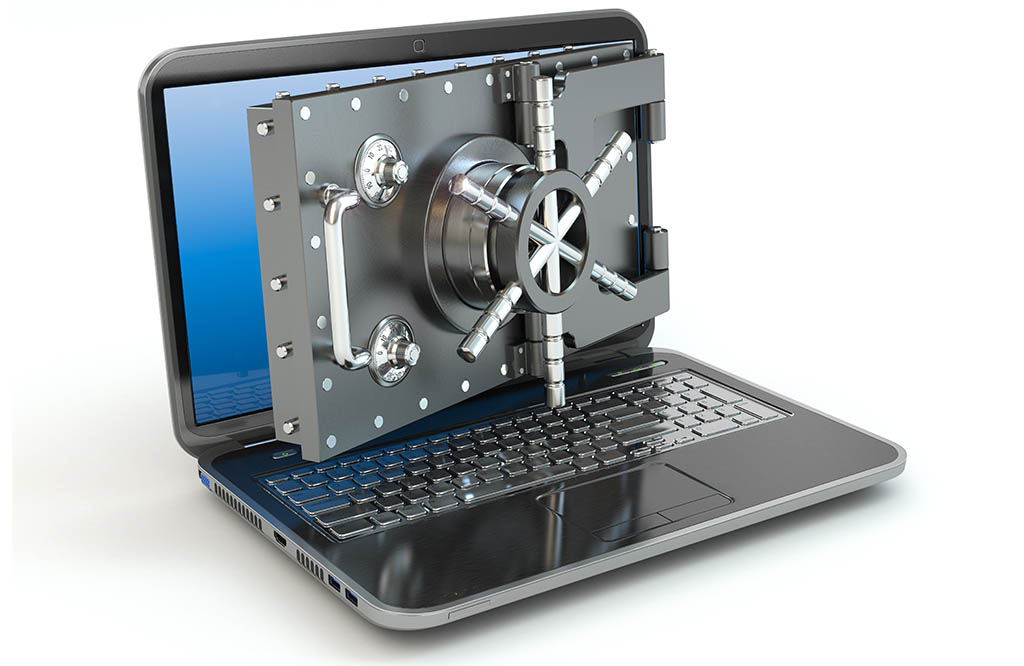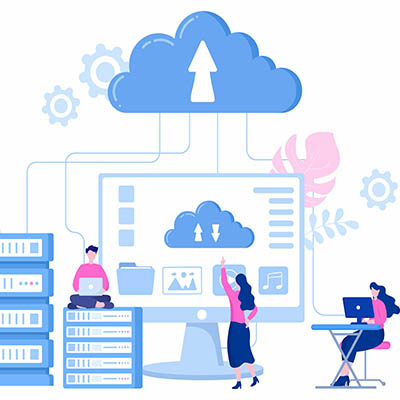We’ve all seen the scary headlines about ransomware attacks crippling businesses, big and small. It’s a threat that’s not going away, and unfortunately, many businesses only think about their response after the dreaded ransom note appears. Today, I want to talk about what a proper ransomware response looks like—and it starts long before the attack ever happens. The goal should be to ensure that an attack does the least possible damage to your business.
Unfortunately, there’s no conjuration magic available that will make ransomware disappear entirely, but there are absolutely ways to significantly reduce its impact. It boils down to being prepared. Trying to figure things out in the middle of a crisis is a recipe for disaster, leading to more downtime, higher costs, and a much bigger headache.
The Immediate First Steps
If you suspect a ransomware attack is underway, the absolute first thing to do is isolate infected systems immediately. This means disconnecting them from the network (unplug ethernet cables, disable Wi-Fi) to prevent the ransomware from spreading to other computers and servers.
You’ll want to resist the urge to power everything off right away unless specifically advised by a cybersecurity professional. Sometimes, volatile memory can contain crucial evidence for forensic analysis.
Next, assess the situation. Which systems are affected? What kind of data is compromised? Is there a ransom note with specific demands and instructions? Gather this information calmly.
This is also when you activate your incident response plan. (You do have one, right? More on that in a moment.) This plan should clearly outline who to contact—your IT provider, legal counsel, cyber insurance—communication protocols, and the steps for containment, eradication, and recovery.
Crucially, the FBI and other law enforcement agencies strongly advise against paying the ransom. There’s no guarantee you’ll get your data back, and paying only fuels the criminals’ business model.
It’s All About Proactive Defense
Okay, those are the immediate reactive steps. The best way to ensure ransomware does the least harm is to have been proactive all along. This is where we, as your Managed Service Provider, come in. Our goal is to build a resilient environment for your business. Here’s how:
Your First Line of Defense
Think of proactive IT support as the regular health check-ups for your systems. We’re not just waiting for something to break; we’re actively working to prevent issues. This includes:
- Consistent patch management – Cybercriminals exploit known vulnerabilities in software. Our experts ensure your operating systems and applications are regularly updated with the latest security patches, closing those doors before attackers can sneak in.
- System monitoring – We keep an eye on your network traffic and system logs for suspicious activity. Early detection can often stop an attack in its tracks or limit its scope.
- Reliable, tested backups – Implement robust backup solutions, make sure your critical data is backed up regularly, stored securely, and tested to ensure it can be restored quickly and effectively. If the worst happens, having clean backups means you can recover your data without even considering paying a ransom.
Building a Fortress
Strong cybersecurity isn’t just about antivirus software anymore. It’s a multi-layered approach that includes all types of different tools and strategies. On top of the generic stuff, like using complex, unique passwords for each account, there are a lot of other things your business can do to improve its overall foundational security. Let’s look at some of the other stuff you can use to keep threats from becoming problems for your business:
- Endpoint Detection & Response (EDR) – These tools go beyond signature-based detection to identify and block malicious behaviors and new, unknown threats.
- Firewalls and Network Segmentation – A properly configured firewall acts as a gatekeeper, controlling traffic in and out of your network.
- Multi-Factor Authentication (MFA) – One of the single most effective ways to prevent unauthorized access. Even if a cybercriminal gets a password, they still can’t log in without that second factor (like a code from an app on your phone).
- Email security – Phishing emails are a primary way ransomware gets in. Advanced email filtering can block malicious emails and attachments before they even reach your employees’ inboxes.
- Employee training – Your team is a crucial part of your defense. Regular cybersecurity awareness training helps them recognize phishing attempts, understand safe browsing habits, and know what to do if they suspect something is wrong.
Avoiding Downtime Is the Ultimate Cost Saver
Every minute your systems are down, your business is losing money… and not a little bit of it. Sometimes these situations result in productivity plummeting, customers being ignored, and, ultimately, your reputation hitting the skids. The financial impact of downtime often far exceeds the ransom demand itself.
All the proactive measures above—regular maintenance, robust cybersecurity, and reliable backups—are designed to prevent attacks in the first place and, if an attack does occur, get you back up and running as quickly as possible. This minimizes downtime and its associated costs.
Preparation is Key
The ransomware response that hurts your business the least is one rooted in proactive preparation. By investing in proactive IT support and solid cybersecurity, you’re not just ticking boxes; you’re building resilience. You’re minimizing the risk of an attack succeeding and ensuring that if it does, the impact is contained, your data is recoverable, and your downtime is drastically reduced.
Don’t wait until you’re staring at a ransom demand to think about your response. Talk to us today about how we can help you build a stronger, more secure IT environment by giving us a call today at 978-798-6805.







